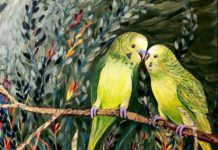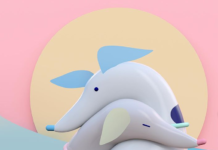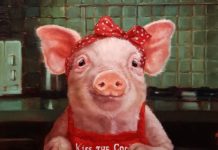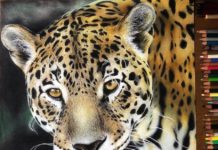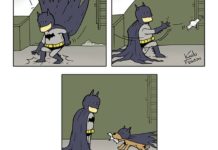British-Iranian illustrator Mariam Tafsiri is greatly inspired by Qajar art—art made during the Qajar dynasty of the late Persian Empire, which lasted from 1781 to 1925 in Iran (then Persia). Tafsiri says that her interest in Qajar art developed at an early age, admitting to being taken by the illustrated unibrow women, who presented a very different concept of beauty to that regularly portrayed in the West.
“I think as a child, I found it quite confusing because it opens your eyes to the fact that beauty is subjective and not the objective standard that’s fed to us through popular media,” she told Leik. “More generally, I think Qajar art is really interesting because of the way the European economic and political influences on Iran fed through into its art, developing a new style of portraiture.”
Her illustrations, while leaning on traditional Qajar art, add a modern twist to it, bridging the gap between past and present as well as Eastern and Western. “I wouldn’t say my work has a direct message,” says Tafsiri, adding that she doesn’t think her art is explicitly political. “But I also think placing Middle Eastern individuals in a beautiful context is actually political in itself,” she notes.
Rather than preaching her message, she invites the viewer to question their perceived ideas about beauty, engaging in a visual dialogue with her audience in the process. “My main inspiration in art has always been people,” says Tafsiri. “I think that’s part of why I love miniature paintings because it captures people in very free-flowing positions and tells a story, unlike, for example, European paintings which were largely created to boast of the sitter’s wealth.”
Unfold her visual stories.

